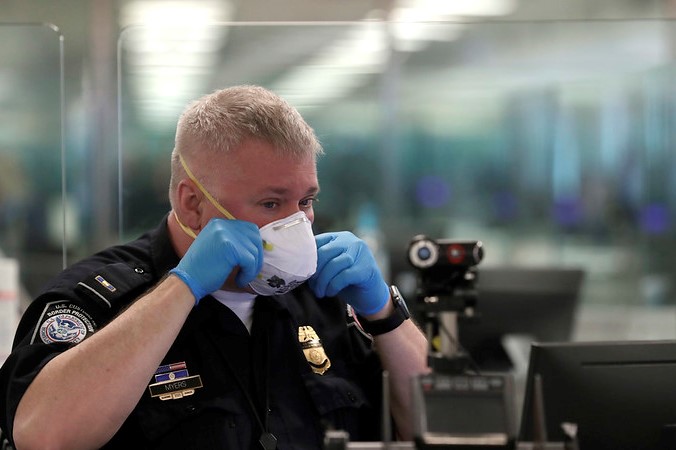
The Federal Emergency Management Administration (FEMA)'s new public assistance eligibility guidance states that after September 15, FEMA will no longer fund acquisition of personal protective equipment (PPE), cleaning materials, and other equipment unless it is for “qualifying emergency work.” In addition, FEMA has set a limit of a 60-day supply of covered PPE for emergencies. The announcement details which emergency protective measures (and activities related to those measures) will continue to qualify for public assistance.
PPE and other materials for non-emergency settings will be classified as "increased operating costs" for public services, and thus will not be covered by FEMA’s Public Assistance (PA) Program. FEMA advises that some costs may be eligible for reimbursement from other federal grants. To assist governments in finding potential resources from other federal agencies, FEMA has released this 74-page COVID-19 Resource Summary Report.
Treasury Issues New CARES Act Reporting Requirements
The Office of Inspector General from the Department of Treasury has issued more restrictive guidance on CARES Act Coronavirus Relief Funds, raising questions about the presumptive eligibility of public safety payroll costs. Beginning September 1, 2020, the prime recipient of CRF payments will begin reporting Coronavirus Disease 2019 (COVID-19) related costs incurred from March 1, 2020 to December 30, 2020, in the GrantSolutions portal. The new FAQs from Treasury document address questions from CRF prime recipients regarding their reporting and record keeping requirements and supplements Treasury OIG’s memorandums Coronavirus Relief Fund Recipient Reporting and Record Retention Requirements (OIG-CA-20-021; July 2, 2020) and Coronavirus Relief Fund Reporting Requirements Update (OIG-CA-20-025; July 31, 2020).
Paid Leave for Employees: Virtual School Questions
The Department of Labor (DOL) has issued new Families First Coronavirus Act FAQs to clarify whether employees qualify for paid leave under the Families First Act when their schools are operating in a virtual environment when:
- A child attends a school operating on an alternate day basis.
- A parent opts for remote learning when in-class instruction is available.
- A school begins the year with remote learning but may shift to in-person instruction in the future.
Generally speaking, on days that schools are closed for in-person learning, employees are eligible for paid leave. If a parent chooses to home school when their school is open, the employee would not qualify for paid leave. See FAQs 98 - 100 for more details:
IRS Provides Guidance on Option to Defer Employee’s Portion of Social Security Tax
On August 28, The Department of Treasury and Internal Revenue Service issued guidance implementing the Presidential Memorandum issued on Aug. 8, 2020, allowing employers to defer withholding and payment of the employee’s portion of the Social Security tax if the employee’s wages are below a certain amount. Notice 2020-65, posted on IRS.gov, makes relief available for employers and generally applies to wages paid starting September 1, 2020, through December 31, 2020.
New, Reduced Membership Dues
A new, reduced dues rate is available for CAOs/ACAOs, along with additional discounts for those in smaller communities, has been implemented. Learn more and be sure to join or renew today!
